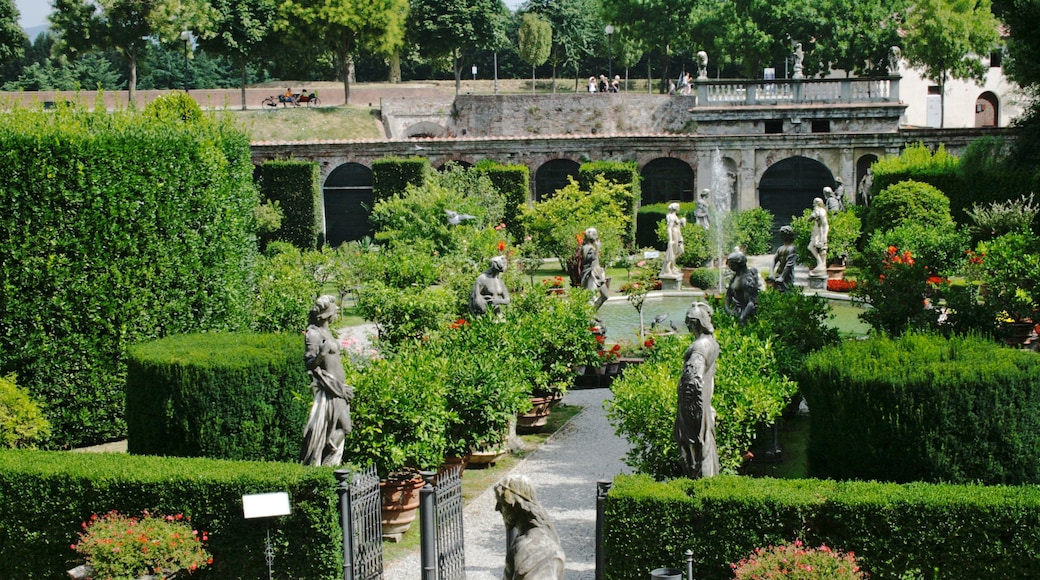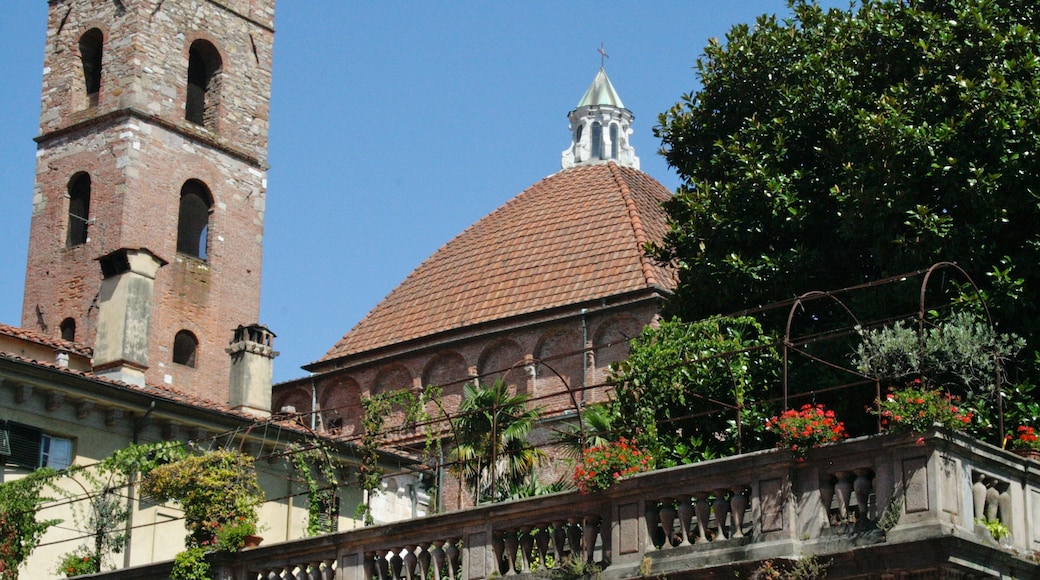這個中世紀的城市在意大利西北部,有保存完好的歷史建築、令人印象深刻的圍壁和豐碩的音樂發展。
小鎮盧卡完全被文藝復興時期的城牆包圍,擁有保存完好的中世紀塔樓、粉色的建築、寬闊的廣場、鵝卵石街道以及羅馬式教堂。
盧卡的城牆用於保衛城市,而且從來沒有被攻下。現在您可以在城牆上散步、慢跑或騎單車。城牆已經變成了一個高架的綠色空間。當您漫步城牆上的步道,便可順便認識這座城市的佈局。整條步道全長 4 公里。
隨意漫步就是探索盧卡的最好方法。城內大部分地方都嚴禁車輛通行,城內設有許多道路通往廣場,廣場是市內的社交活動中心。到訪古羅馬廣場,這個橢圓形廣場是依據曾經位於此處的羅馬圓形劇場設計。
城內到處都可看到歷史的痕跡。參觀聖米迦勒廣場以及廣場上 12 世紀興建的聖米迦勒教堂。漫步逛逛 17 世紀的普凡納宮圍牆花園。
盧卡中世紀的天際線上,曾經有數十座塔樓,時至今日碩果僅存。遊客可以登上其中兩座塔樓。從鐘塔 (Torre delle Ore)的頂樓俯瞰市內美景,或從古尼基塔頂的橡樹花園欣賞城中景致。
盧卡也因它的音樂遺產和傳統感到驕傲。著名歌劇作曲家普契尼是就是在這裡土生土長。參加 Casa Natale di Giacomo Puccini 導覽,這裡是普契尼出生並居住至 22 歲的房子。在普契尼音樂節觀賞他的歌劇作品之一,這個為期兩個月的慶祝活動於每年七月至八月舉行。
如果您比較喜歡搖滾樂和流行音樂,加入每年拿破崙廣場上盧卡夏季音樂節的人群,一起盡情搖滾。該系列音樂會吸引了不少流行音樂大師。
盧卡距離佛羅倫斯以西 84 公里,從比薩駕車一小時內即可到達。這裡也是探索托斯卡納郊區的絕佳基地。




